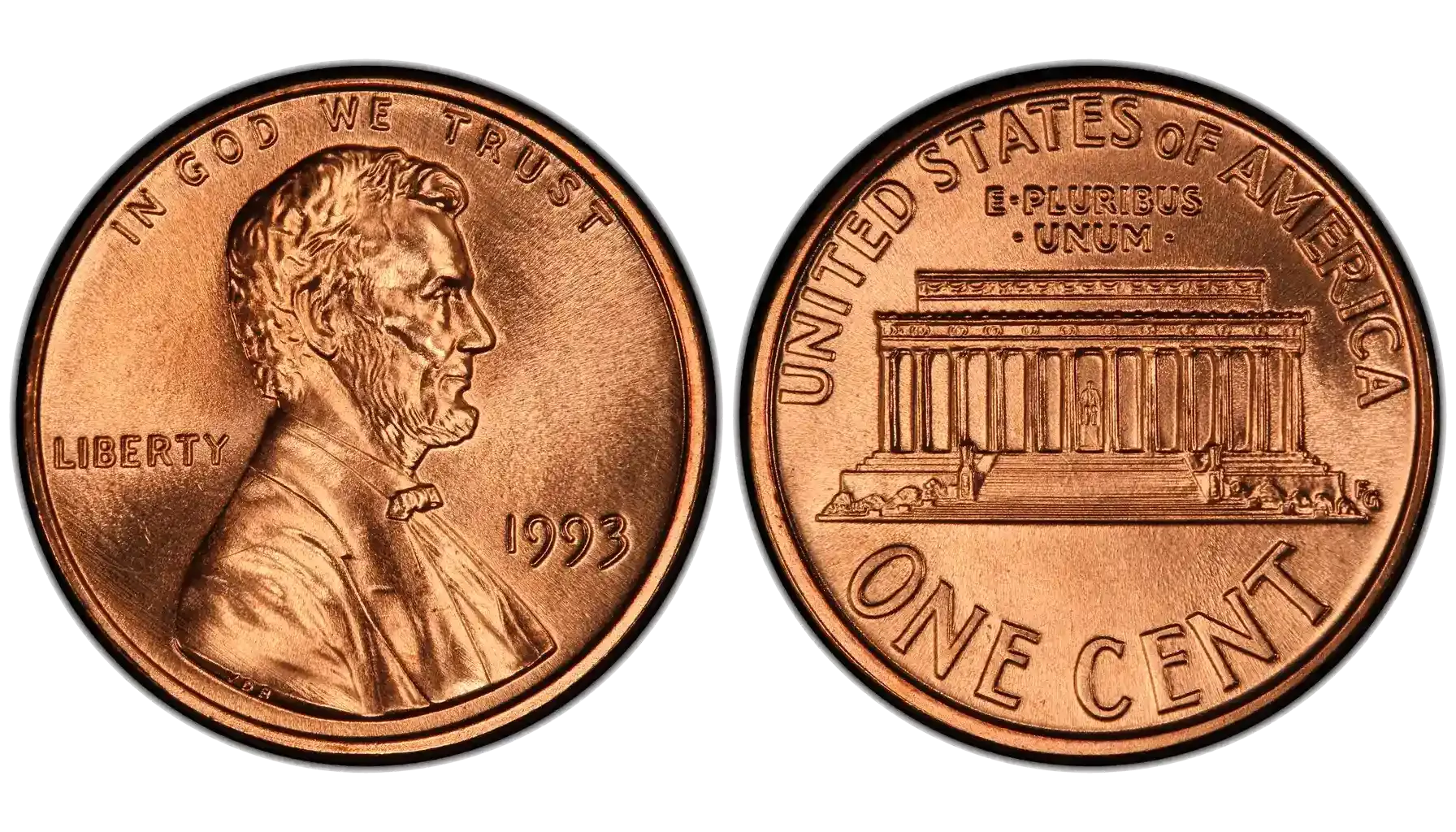Contents:
For both novice and seasoned coin collectors, the 1940 US dime offers a fascinating blend of beauty, historical symbolism, and intrinsic value. While not a rare coin by numismatic standards, it remains a staple in American coin collections due to its classic design and 90% silver composition.
If you’ve recently come across one in a collection or pocket change, you might wonder—is a 1940 dime worth anything? This guide will walk you through everything you need to identify coins, their background, silver content, and the key factors that influence 1940 dime value today.
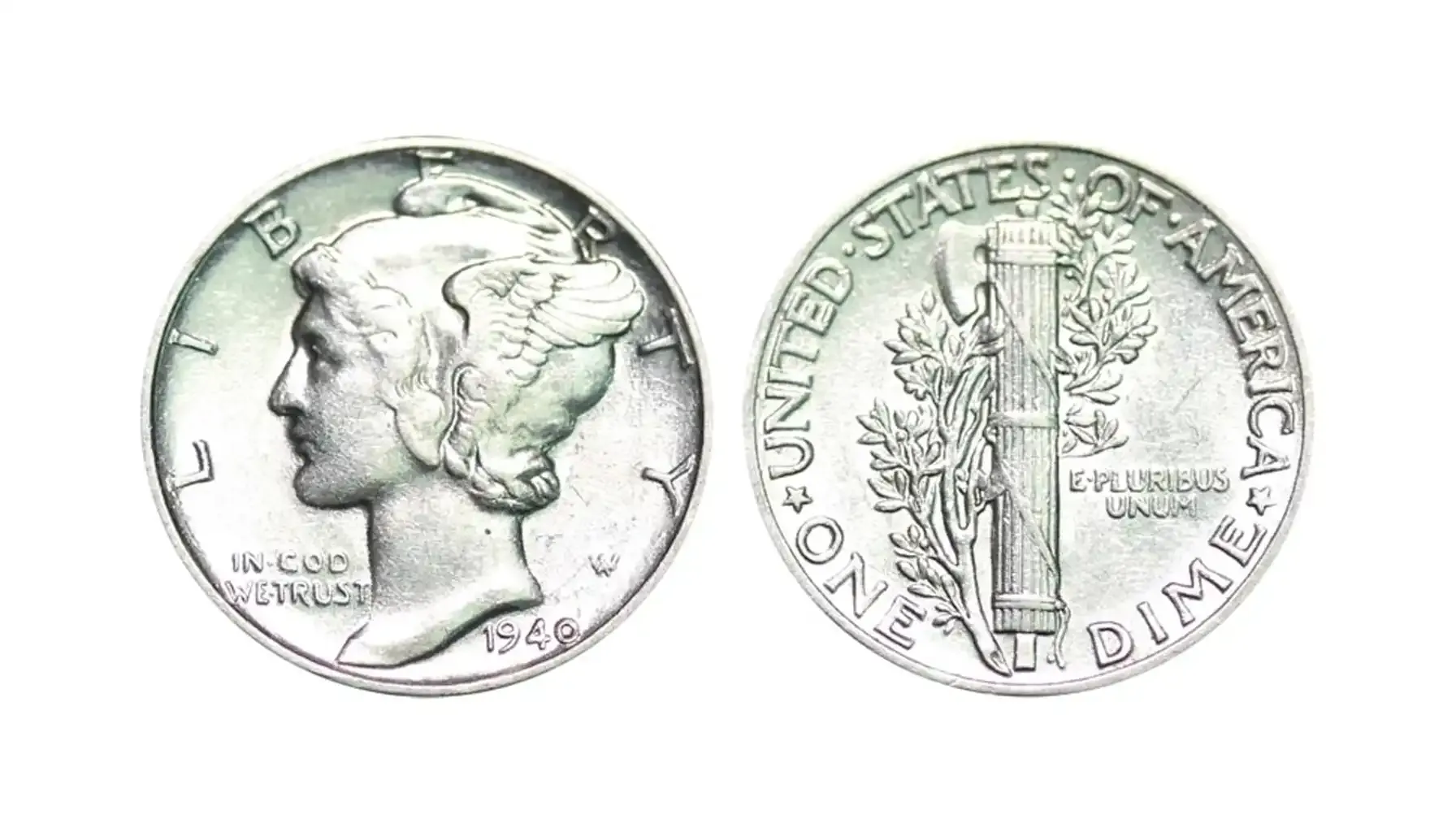
What Is the 1940 Mercury Head Dime?
The Mercury Dime, officially titled the Winged Liberty Head Dime, was minted from 1916 until 1945. Contrary to its popular name, the coin does not depict the Roman god Mercury. Instead, it features Lady Liberty wearing a winged cap, meant to symbolize freedom of thought. The reverse showcases a fasces (a Roman bundle of rods symbolizing unity and strength) flanked by an olive branch, which stands for peace.
Designed by sculptor Adolph A. Weinman, this series is widely regarded as one of the most artistically significant in U.S. coinage history. The 1940 W dime, while common in lower grades, represents the early World War II era and stands as a snapshot of American minting during a time of economic recovery and looming global conflict.
Specifications of the 1940 Mercury Dime
Before diving into 1940 Liberty dime value, it's important to understand the basic attributes of the coin:
Feature | Details |
Designer | Adolph A. Weinman |
Composition | 90% Silver, 10% Copper |
Weight | 2.5 grams |
Diameter | 17.9 mm |
Edge | Reeded |
Mint Marks | None (Philadelphia), D (Denver), S (San Francisco) |
Total Mintage | ~146.7 million across all mints |
Though minted in large quantities, the coin’s collectibility and premium value rise dramatically in uncirculated grades or when it features rare design characteristics like Full Bands.
And perhaps most importantly, every coin contains real silver, giving it built-in 1940 silver dime value based on metal prices—even in worn condition. With the current silver spot price fluctuating around $25 per ounce (as of June 2025), the intrinsic melt value of one 1940 Mercury Dime typically ranges from $1.75 to $2.00. That alone makes it worth more than its face value.
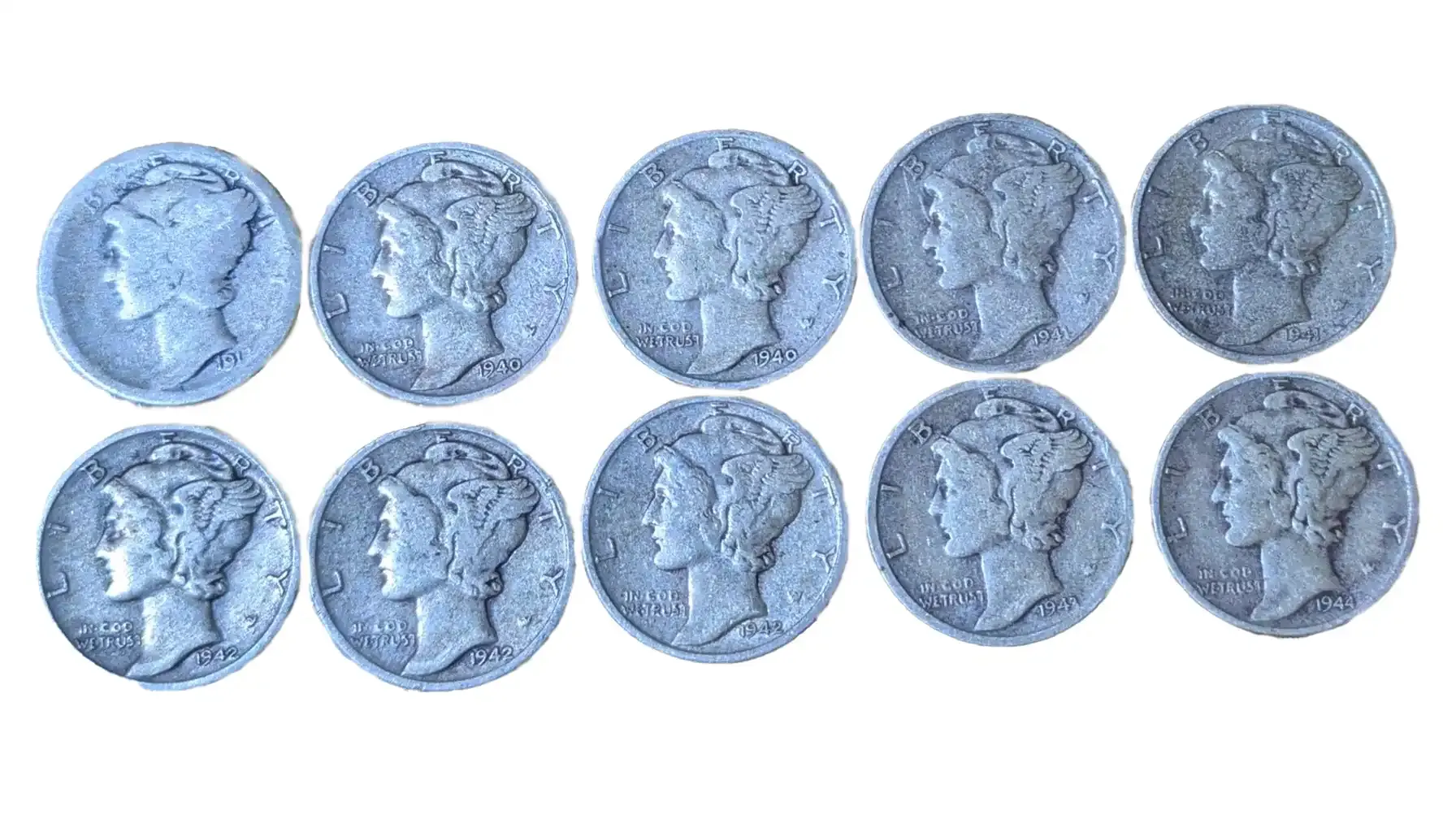
Key Factors Affecting 1940 Mercury Dime Value
Several variables contribute to the overall market value of 1940 dime. Below are the most impactful elements:
1. Silver Content & Melt Value
Why is the 1940 dime worth so much, even if it looks weary? Every 1940 dime silver content is approximately 0.07234 troy ounces, which is the main source of its melt value. Since silver is a precious metal traded globally, the mercury dime 1940 value can rise or fall depending on market activity. For example:
Silver Price per Ounce | Melt Value (per Dime) |
$20 | ~$1.45 |
$25 | ~$1.80 |
$30 | ~$2.15 |
While the melt value of a 1940 dime provides a baseline, collector interest often pushes the price higher—especially for coins in better condition.
2. Condition (Grade) of the Coin
Grading is the most important variable in numismatics. A higher-grade coin is exponentially more valuable than a worn example, even if both are from the same mint. Here's a general 1940 w mercury dime value range for different conditions:
Grade | General Description | Estimated Value |
Good (G-4) | Heavy wear, main details visible | $2 – $3 |
Fine (F-12) | Moderate wear, more facial detail seen | $3 – $4 |
Extremely Fine (EF-40) | Light wear, clean design definition | $4 – $6 |
Mint State (MS-60 to MS-65) | No wear, full luster | $8 – $40+ |
Coins that display sharp strikes, especially with full detail on the fasces (known as Full Bands), are more desirable and command a premium.
3. Mint Marks and Relative Scarcity
The 1940 Mercury Dime was struck at three U.S. Mints:
Philadelphia (no mint mark) — Most common
Denver (D) — Slightly scarcer in higher grades
San Francisco (S) — Scarcer than P, especially in MS condition
Mint marks are located on the reverse side, to the right of the word "ONE", at the base of the torch. Though none of these mint issues are considered rare in circulated condition, top-grade examples from San Francisco and Denver mints are less common.
Pro Tip: Learn about the importance of mintage marks in US numismatics, what they mean, and other interesting facts.
What Is a 1940 Dime Worth by Grade and Mint Mark
Although the 1940 dime no mint mark is not a rare coin overall, its value can change substantially depending on two primary details: the mint mark and the condition (grade). Let’s examine the breakdown of how much is a 1940 dime worth across all three mint locations and four standard condition levels.
Grade | Philadelphia (No Mint Mark) | Denver (D) | San Francisco (S) |
Good (G-4) | $2 | $2 | $2 |
Fine (F-12) | $3 | $3 | $3 |
Extremely Fine (EF-40) | $4 | $4 | $4 |
Uncirculated (MS-60 to MS-65) | $8–$40+ | $10–$45+ | $12–$50+ |
Note: 1940 D mercury dime value ranges are approximate and reflect collector market trends as of June 2025. High-grade coins with exceptional luster or toning may exceed these ranges.
The Full Bands Effect: A Collector's Premium
One of the defining characteristics collectors look for in uncirculated 1940 Mercury dime w mint mark is the presence of Full Bands (FB) on the fasces on the reverse side of the coin. These are the horizontal bands that wrap around the central rods of the fasces. For a coin to earn the Full Bands designation from third-party grading services like PCGS or NGC, these bands must be:
Fully separated with no blending or wear.
Clearly struck with distinct vertical and horizontal lines.
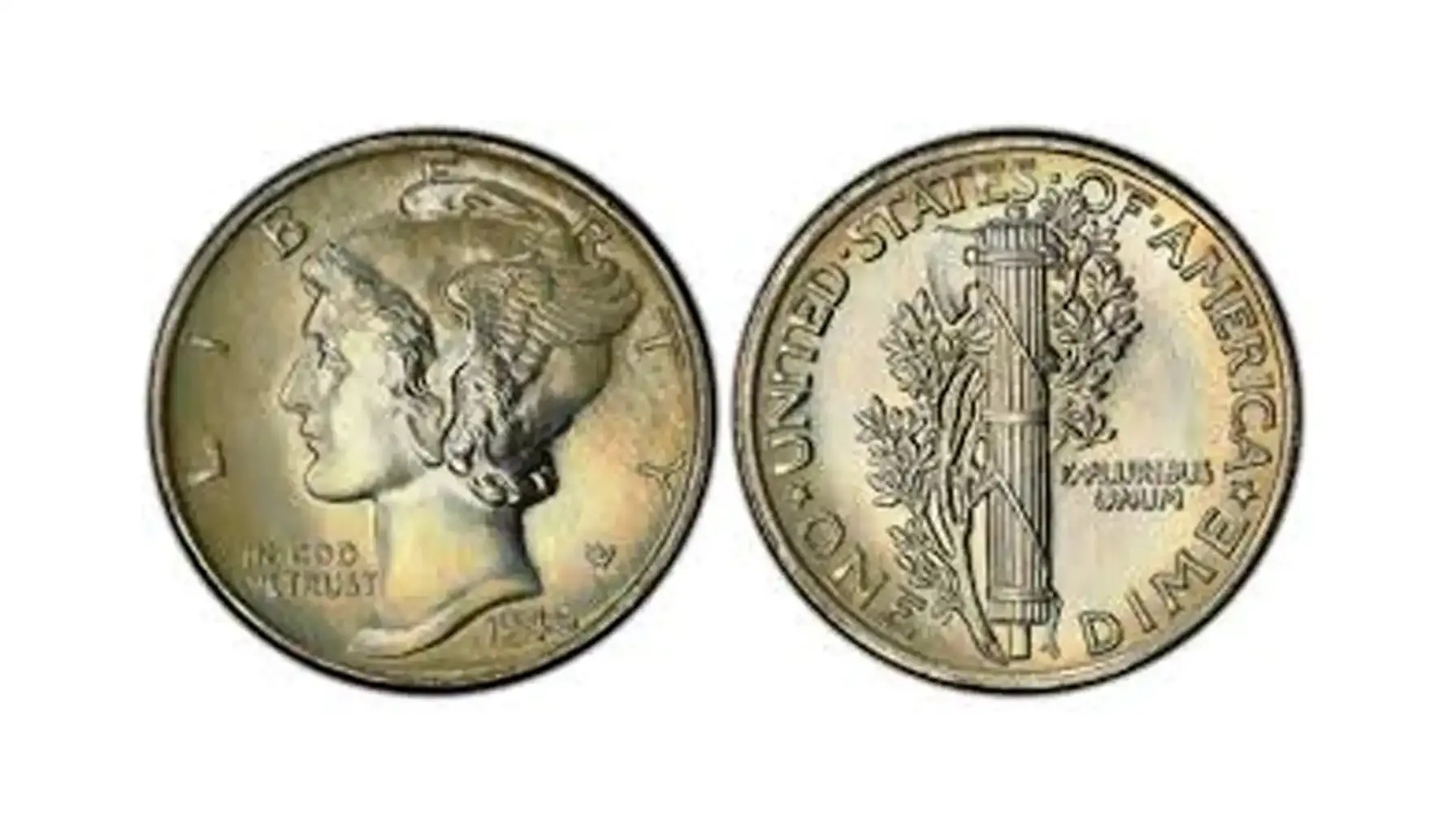
Coins designated as Full Bands are considered better-struck and more visually complete, and thus they command much higher premiums.
For example:
Grade | Typical MS Value (No FB) | Full Bands (FB) Value |
MS-65 | $30–$40 | $60–$90 |
MS-66 | $60–$80 | $120–$180 |
MS-67 | $150–$200 | $300–$500+ |
Even among Mercury Dimes from the same mint and year, Full Bands examples are far more scarce, especially in MS-66 and above. These high-grade, well-struck coins are often the centerpiece of a specialized Liberty dime 1940 collection.
Eye Appeal and Toning: The X-Factor
Beyond technical grading and designations, eye appeal plays a powerful role in determining the final market 1940 s mercury dime value. Collectors often seek out coins that exhibit:
Natural toning: Light gold, blue, or rainbow hues from decades of oxidation.
Luster: Brilliant, original shine from the minting process.
Strike sharpness: Clearly defined facial features and fasces details.
While these traits are subjective, they often lead to auction premiums far above price guide 1940 d dime value. A coin that looks stunning in hand or under magnification will always draw extra interest, especially if it’s accompanied by a certification from PCGS or NGC.
Authentication and Grading Services
If you believe your 1940 mercury dime no mint mark may be high-grade or Full Bands, professional grading is strongly advised. Top-tier services include:
PCGS (Professional Coin Grading Service)
NGC (Numismatic Guaranty Company)
These companies not only provide an official grade and encapsulation (slab), but also add a layer of trust that is essential in the collector’s market.
Coin ID Scanner users often scan, compare, and check coin value using the app before deciding to grade. A quick scan can help verify dates, identify mint marks, and check for visible Full Bands indicators.
Don’t forget about storing your collection the right way. Check out top coin folders and albums for your favorite findings.
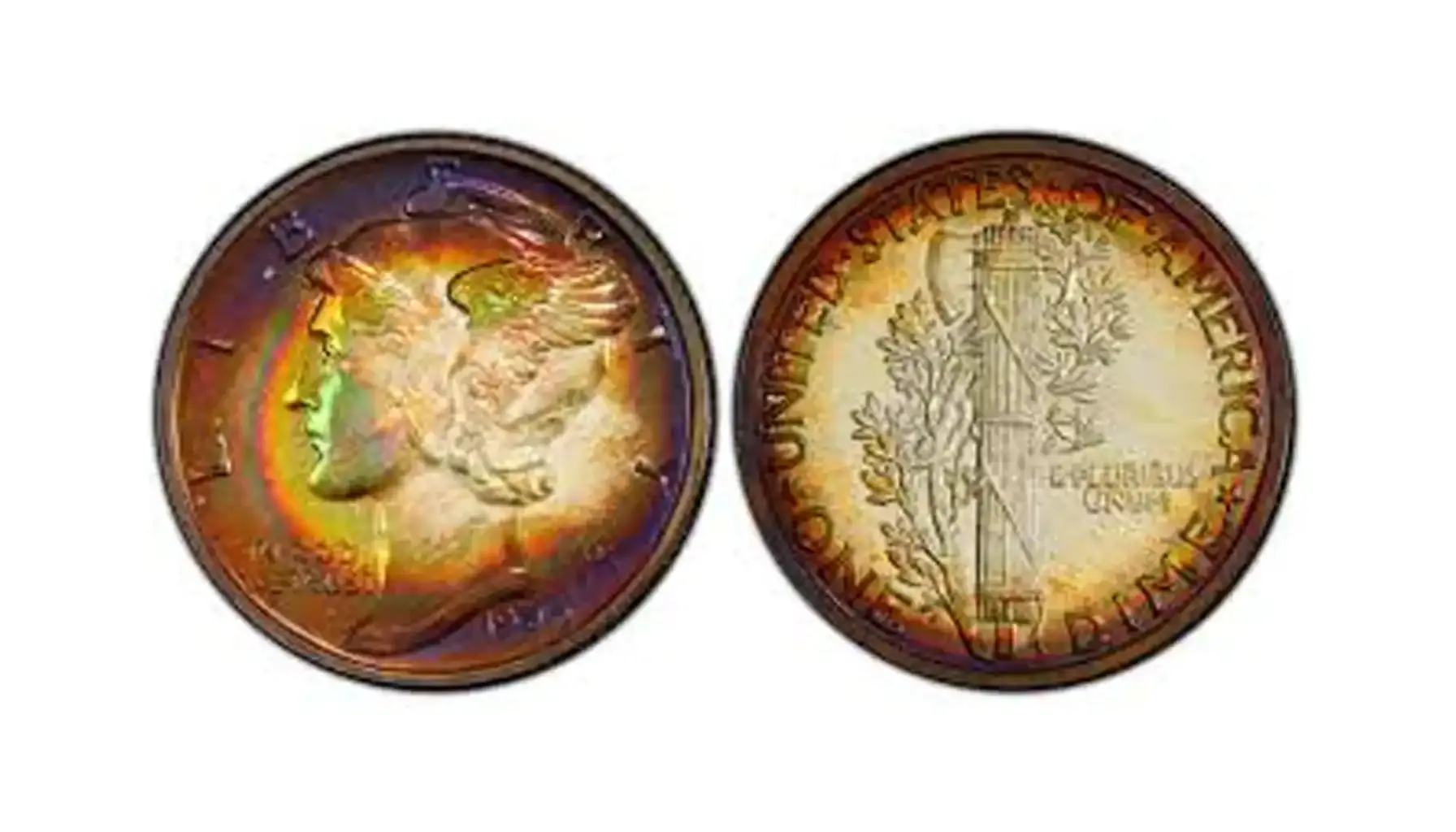
Determine How Much Is a 1940 Mercury Dime Worth
Owning a 1940 Roosevelt dime predecessor can be exciting, but determining its true worth requires a methodical approach. Whether you’re preparing to sell, insure, or simply evaluate your coin, follow these four key steps:
1. Check the Mint Mark
Flip your coin to the reverse side and examine the area to the right of the word “ONE” at the base of the torch. You may find:
No mint mark – Philadelphia
“D” – Denver
“S” – San Francisco
While all three are relatively common, Denver and San Francisco coins often command slightly higher premiums in uncirculated grades and with Full Bands or 1940 dime error strikes, especially compared with the average 1940 dime w mint mark.
2. Evaluate the Coin’s Condition
Use a trusted visual grading chart or reference photos from PCGS or NGC. Look for signs of wear:
Are Liberty’s hairlines visible?
Is the fasces (on the reverse) well-defined?
Are there visible scratches or contact marks?
Can you see something that looks like a 1940 Mercury dime error?
If you're unsure, consult a coin dealer or submit the coin to a grading service for professional evaluation. High-grade Mercury Dimes (MS-65 and above) can be worth dozens or even hundreds of dollars, especially with Full Bands designation.
3. Check the Current Silver Spot Price
Even a well-worn 1940 s dime value is higher than just the face due to its 90% silver content. Use a precious metals tracker to determine the melt value. For example:
If silver is $25/oz, the melt value is around $1.80.
If silver spikes to $30/oz, the melt value rises to ~$2.15.
This is your minimum 1940 Roosevelt dime value baseline—a floor price under which the coin should never be sold.
4. Compare with Trusted Price Guides
Use reliable numismatic resources like:
PCGS Price Guide
NGC Coin Explorer
Coin ID Scanner
Greysheet
If you need more information on how and where you get coins graded, check out our guide on professional grading.
The 1940 Mercury Dime may be one of the more accessible pieces in American numismatics, but that doesn't make it any less valuable—especially in uncirculated condition or with Full Bands designation. Whether you're holding a single coin or a roll, knowing what factors affect its price can turn a small silver dime into a notable investment.
Before you buy or sell 1940 dimes worth money, use the online coin identifier to confirm your coin’s type, access value charts, and connect with real-world market data. It's your essential tool for navigating the Mercury Dime market with confidence.

